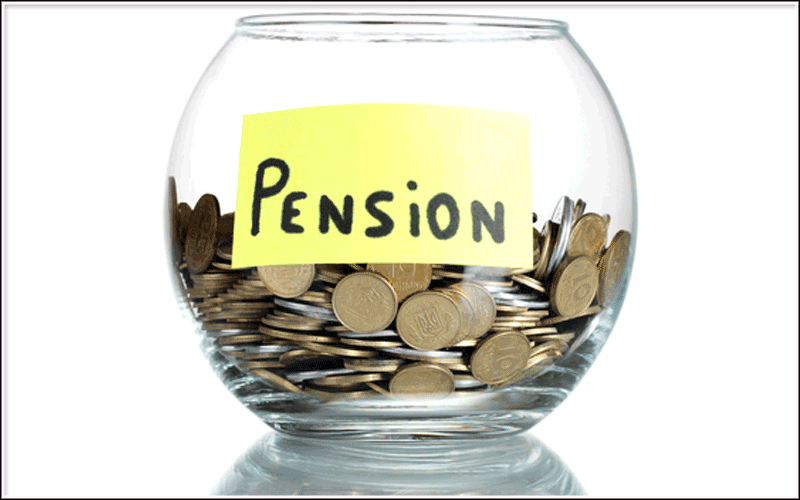Massachusetts bankruptcy attorneys should be aware of a recent uptick (during the spring and summer of 2018) in aggressive actions by auto lenders seeking to repossess debtor’s vehicles despite a bankruptcy filing.
Several of the common lenders are upping the ante, but Toyota Financial seems to be taking the most aggressive positions of all.
One of their tricks seems to be active monitoring of Statements of Intention. This often overlooked pleading in Chapter 7 cases requires a debtor to state whether they intend to redeem the vehicle, surrender it, or enter in to a reaffirmation agreement with the lender.
The statement of intention form (Form 108) also has a line marked “Other” will a fill in the blank space. If debtor’s counsel uses this form and the lender is Toyota, watch out! (some Massachusetts bankruptcy lawyers like to use this line to avoid reaffs, arguing that state law prevents repossession anyway, so long as the debtor’s account is paid up — a big IF).
In that case, Toyota may take the position that the automatic stay concerning the vehicle expires 30 days after the case filing (or after the Statement of Intent filing, if later), and seek to do a quickie repo with no notice to the debtor or his counsel.
This is based on a twisted reading of bankruptcy code sections 362 (h) (2), and 521 (a).
Debtor counsel’s first line of defense to this aggression is former bankruptcy judge Henry Boroff’s opinion in In re Mollison, 463 B.R. 169 (Bankr.D.Mass. 2012). Mollison holds that where a debtor fails to file a statement of intention, or files one with the “Other” box checked, the automatic stay does not expire after 30 days, but rather 30 days after the first date set for the section 341 Meeting of Creditors.
While Mollison is a great case and should be cited with gusto if there actually is a surprise repossession, there are still some problems, not the least being that Judge Boroff is retired, and you can be 100% sure your case will not be heard by him. Bankruptcy judge Christopher Panos has stated in court that he may or may not follow Mollison.
A second line of defense is obviously to just give in and always file Form 108 indicating a reaff will be filed for every vehicle. But even here potential traps lurk. A close reading of section 521 indicates it is the debtor who has to perform the stated intention — meaning that debtor’s counsel may have to draft the reaff, and serve it on the creditor, a reversal of the normal order of things.
All of which adds up to just a few more things to worry about when representing Chapter 7 debtors in Massachusetts…..









